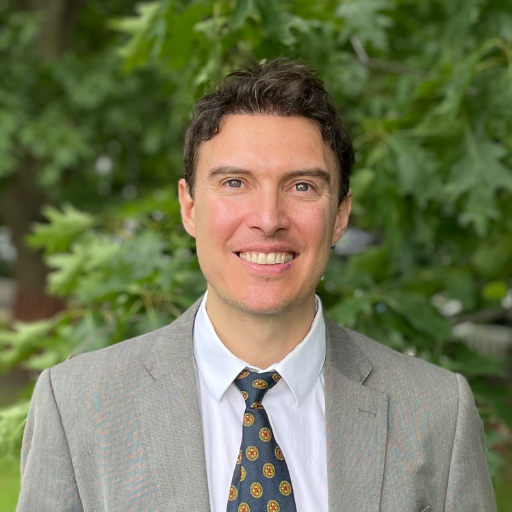Tau Structures: From Proteopathic to Protective

About the Research Project
Program
Award Type
Postdoctoral Fellowship
Award Amount
$94,536
Active Dates
July 01, 2016 - June 30, 2019
Grant ID
A2016588F
Acknowledgement
Mentor(s)
David Eisenberg, PhD, University of California, Los Angeles
Goals
This project will expand our understanding of Alzheimer’s disease by delineating the structural assemblies that are available to tau, another amyloid protein that, along with amyloid beta, is associated with AD. Toxic forms of the protein will be identified and used as a template enabling the design of peptide agents that block the assembly of these structures. Natural variations in tau that protect against the formation of toxic assemblies will be studied to uncover new possibilities for therapeutic intervention, and to gain insights into the mechanisms by which amyloid fibers form, propagate, and exert toxicity.
Summary
Tau protein helps to stabilize the internal structure of neurons in ways that are important for neuronal function. However, the conversion of tau from a normal structural state into pathological assemblies is associated with Alzheimer’s disease (AD). Pathological tau structures include amyloid fibers, and a smaller species of tau, called an oligomer, which is thought to promote the spread of pathological tau assemblies throughout the brain. The overarching aim of my research is to develop methods and agents that block the formation and spread of toxic tau conformations. Using the atomic structures of the tau amyloid fiber core determined by myself and members of our lab using a new technique called micro-electron diffraction I am designing inhibitors to target the tau amyloid structure. Furthermore I am working to use an analogous approach to solve the structure of the tau oligomer. I am also pursuing an orthogonal inhibitor design strategy, which consists of studying protective mutations I’ve identified that are capable of suppressing tau assembly into toxic conformations. Using this approach, I hope to discover additional classes of evolutionarily-inspired tau inhibitors that will complement my structure-based design efforts.
Grants
Related Grants
Alzheimer's Disease Research
The Role of DYRK1A in Altered Microglia Biology in a Cellular Model of Alzheimer’s Disease in Down Syndrome
Active Dates
January 01, 2025 - December 31, 2027

Principal Investigator
Frances Wiseman, PhD
Alzheimer's Disease Research
Neurostimulation to Improve Depression and Memory in Dementia
Active Dates
July 01, 2024 - June 30, 2027

Principal Investigator
Davide Cappon, PhD
Alzheimer's Disease Research
Identifying the Mechanisms That Underlie Tau Aggregation and Neurotoxicity
Active Dates
July 01, 2024 - June 30, 2026

Principal Investigator
Sarah Kaufman, MD, PhD



